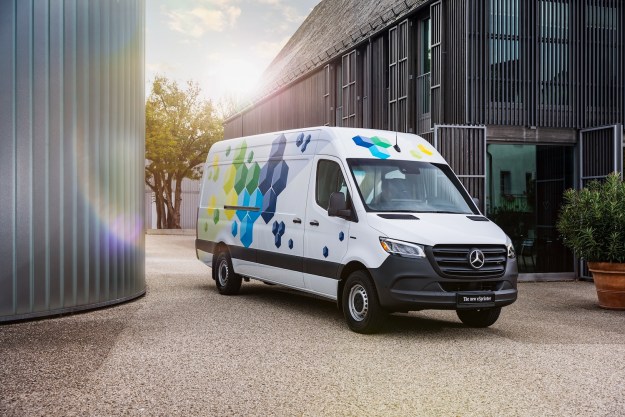Jaguar is preparing to launch a model offensive in a bid to turn around its troubled North American division.
The offensive will start this coming winter when Jaguar launches the new XF that was presented earlier this month at the New York Motor Show. As you might recall, the 2016 XF adopts a familiar evolutionary design but it weighs significantly less than the outgoing model thanks to the widespread use of lightweight materials such as aluminum. The XF will launch with a pair of supercharged 3.0-liter V6 engines.
The XF will be closely followed by a redesigned version of the range-topping XJ. The updated XJ has not been introduced yet but sources close to Jaguar have hinted that it will get a slightly revised front fascia and a number of new, more efficient engines. Look for the XJ to bow either next fall at the Frankfurt Motor Show or a little later at the Los Angeles Motor Show.
The XE (pictured) that was introduced last September at the Paris Motor Show will finally arrive in American showrooms in the summer of 2016 as a 2017 model. Aimed right at the BMW 3 Series, the Audi A4 and the Mercedes-Benz C-Class, the entry-level XE is expected to become Jaguar’s most popular model by a long shot but the Leaping Cat knows that it won’t be able to compete against its German rivals in terms of sheer volume.
“[Mercedes and BMW] have been in the market for a long time and have high loyalty rates. We are realistic in our mission. We know we have to earn every sale,” explained Joe Eberhardt, the CEO of Jaguar Land Rover North America.
Jaguar’s first-ever crossover, the F-Pace, will round out its model offensive. Billed as a “practical sports car,” the F-Pace will be a toned-down version of the well-received C-X17 concept that was shown in Frankfurt two years ago. Like Jaguar’s sedans, the F-Pace will be offered with a long list of four- and six-cylinder engines.
Jaguar hopes the new or improved models will allow it to capture a bigger share of the lucrative United States market. Trade journal Automotive News reports that the company sold just 15,773 cars in the U.S. last year, a seven-percent drop compared to 2013.
Editors' Recommendations
- Don’t wear Vision Pro while driving, U.S. transport chief says
- 5 impressive EVs you’ll wish you could buy in the U.S.
- The state of EV chargers in the U.S. right now: We have a long way to go
- Volkswagen is launching its own self-driving car testing program in the U.S.
- 4 ways the best-selling plug-in hybrid in the U.S. just got better for 2024




